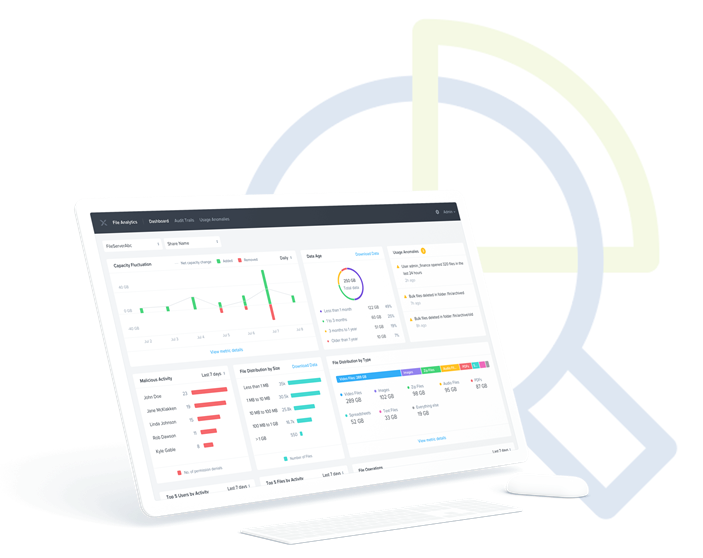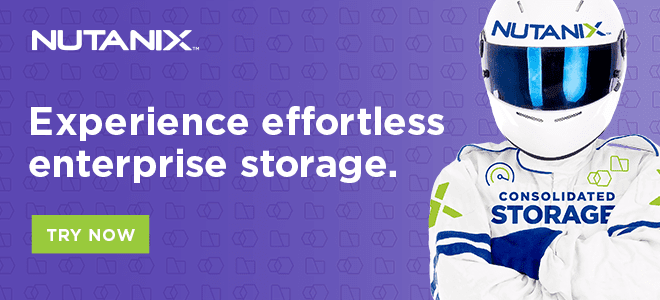Create a Data Fortress with Nutanix Unified Storage for protection against Ransomware attacks
Meet the nemesis: Ransomware
Cybersecurity Ventures predicts[1] that Ransomware will cost its victims around $265 billion (USD) annually by 2031. Businesses will face a new attack every 2 seconds as Ransomware perpetrators progressively refine their malware payloads and related extortion activities. The data clearly suggests that it is not the question of if, but when a business is attacked by ransomware.
Shared storage has been an especially rich target for cybercriminals to hijack valuable customer, financial or sensitive information and extort payment in return for access to the data. Hence, revving up ransomware defense is a top priority for CIOs and other business leaders who are actively looking for storage security strategies against malicious cyber-attacks.
Ransomware is a type of malware that attacks storage systems by encrypting user file shares and volumes. Victims are denied access to the encrypted data and make the data unrecoverable without paying a ransom for a decryption key. There is substantial uncertainty that even if the ransom is paid that the data will be restored or that the attack is ended.

Ransomware attacks cannot be detected by antivirus software or firewalls and cause tremendous losses, including lost productivity costs, forensic investigation costs, data restoration costs from backup, and the costs of hiring emergency consultants and crisis managers.
What businesses need is a cyber-security and Ransomware protection plan that is integrated with the storage system to detect, prevent, recover, and analyze cyber-attacks so that structured and unstructured data is protected, no matter where the data resides.
Nutanix Files Offers Integrated Ransomware Protection
The Nutanix Files™ software-defined storage solution has integrated Ransomware protection to help customers secure unstructured data. The latest version, Files 4.1, offers improved network isolation with network segmentation, better resource management with enhanced multi-network support, enhanced security with WORM support and Ransomware detection.
When combined with our Nutanix Data Lens™ SaaS-based data management and governance application, Nutanix Files delivers a full spectrum of Ransomware protection aligned to key defense-in-depth and critical cybersecurity initiatives like a Zero Trust Architecture (ZTA) spanning the NIST Cybersecurity Frameworks of Identify, Protect, Detect, Respond and Recover.
We needed a scalable solution that could give insight into our data, auto-tier older data to S3 where it would be easily accessible, and empower our users to reclaim storage as we grow. Nutanix Data Lens helps us manage our big data assets across geo-located datacenters so we remain compliant with our security policies for Ransomware protection - all from a single management view.
Additional Resources
- Webpage: Nutanix Files
- Video: Nutanix Data Lens Ransomware Pattern Detection
- For a deep dive into latest features, please see the community blog
- Test Drive: Test Drive Unified Storage
- Videos: YouTube Playlist
© 2022 Nutanix, Inc. All rights reserved. Nutanix, the Nutanix logo and all Nutanix product, feature and service names mentioned herein are registered trademarks or trademarks of Nutanix, Inc. in the United States and other countries. Other brand names mentioned herein are for identification purposes only and may be the trademarks of their respective holder(s). This post may contain links to external websites that are not part of Nutanix.com. Nutanix does not control these sites and disclaims all responsibility for the content or accuracy of any external site. Our decision to link to an external site should not be considered an endorsement of any content on such a site. Certain information contained in this post may relate to or be based on studies, publications, surveys and other data obtained from third-party sources and our own internal estimates and research. While we believe these third-party studies, publications, surveys and other data are reliable as of the date of this post, they have not independently verified, and we make no representation as to the adequacy, fairness, accuracy, or completeness of any information obtained from third-party sources.
This post may contain express and implied forward-looking statements, which are not historical facts and are instead based on our current expectations, estimates and beliefs. The accuracy of such statements involves risks and uncertainties and depends upon future events, including those that may be beyond our control, and actual results may differ materially and adversely from those anticipated or implied by such statements. Any forward-looking statements included herein speak only as of the date hereof and, except as required by law, we assume no obligation to update or otherwise revise any of such forward-looking statements to reflect subsequent events or circumstances.
